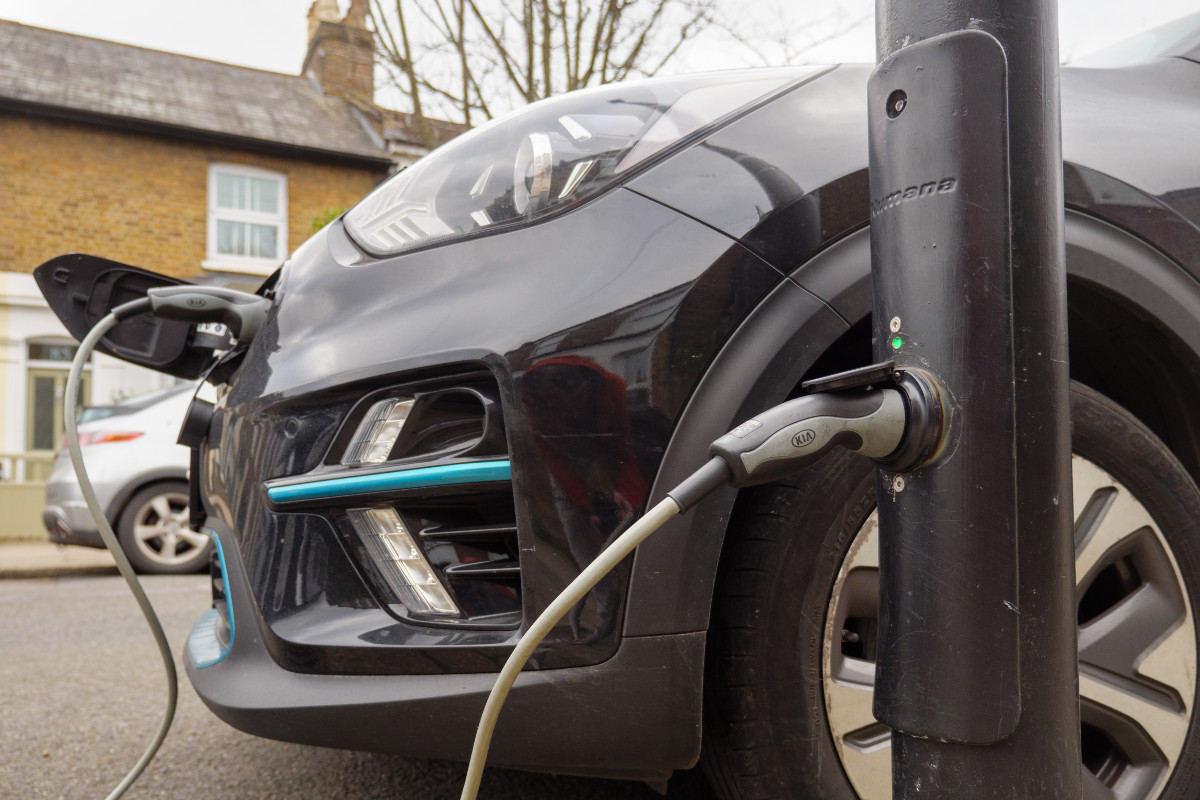Over 12,500 streets across the UK have now been flagged by drivers as needing on-street EV charging since Vauxhall launched its Electric Streets of Britain campaign in August 2023.
New analysis with Cenex suggests access is improving, with 22.9% of UK households now within a four-minute walk of a near-home charger, up from 19.6% in 2024 – equivalent to roughly 300,000 more households gaining convenient access in a year.
Vauxhall invited drivers to register local needs via electricstreets.co.uk, sharing submissions with partners char.gy, Connected Kerb and SureCharge, and making requests visible to councils through the NEVIS service to help guide deployments.
Coverage improving, but gaps remain
Cenex’s latest assessment finds infrastructure supply is now estimated to be around 18 months ahead of demand, with some remote areas seeing rapid catch-up – the Isles of Scilly have moved from 0% coverage in August 2024 to 65.9% today. Redbridge and Wrexham recorded coverage growth of 39.1% and 26.1% respectively, while 29 local authorities (about 8% of Great Britain) already have enough charge points for their anticipated 2030 need.
Even so, progress is uneven. The report highlights 243 councils with low accessible-charger coverage relative to local EV numbers, and notes rural areas – particularly in Wales, Scotland and parts of the East – lag on motorway charging access.
The pace of rollout has also softened: in the past 12 months, only around two-thirds of the additional infrastructure required to keep up with EV growth was actually delivered. At current utilisation rates, roughly 110,000 further near-home chargers are needed, in the right places, to meet projected 2030 demand.
Funding commitments point to a coming uplift. Vauxhall cites England’s Local Electric Vehicle Infrastructure (LEVI) Fund and Scotland’s Electric Vehicle Infrastructure Fund (EVIF), which together estimate deployments of at least 106,000 chargers. Additionally, the UK Government recently led a new funding round for Connected Kerb, which should go some way towards rolling out even more chargers.
Figures from Zapmap indicate the wider public network has grown by more than 50% since the end of 2023, rising from 53,865 to over 84,000 charge points – though 30% of these are in London, underlining the regional disparity.
Policy capacity inside local government appears to be strengthening. Vauxhall’s Freedom of Information returns show the share of councils with a dedicated EV charging policy officer has risen from 31% in 2023 to 51% in 2025; 44% say they had installed at least one on-street charger by August this year, up from 31% in 2023.
Steve Catlin, Managing Director, Vauxhall, commented, “The country has made great strides in growing its electric vehicle infrastructure since Electric Streets of Britain launched in 2023. Not only have we seen a huge rise in the number of public chargers, but more importantly their installation is increasingly being deployed tactically for drivers who need them on a local level.
“While the ongoing rise in councils who have policy officers dedicated to overseeing charging is encouraging, the 12,500 registrations we have received to Electric Streets shows there is no silver bullet to provide a quick fix for drivers. We need to make sure all parties are pulling in the same direction to maintain the momentum we have seen over the past two years.”
Robert Evans, CEO, Cenex, added:,“It has been a year since we collaborated with Vauxhall to put forward better metrics to measure the delivery of public EV infrastructure. Using these more relevant, actionable, scalable and measurable metrics, it is great to see the progress made in the last 12 months and assess at a granular level whether current public and private plans are helping meet the needs of residents and drivers.”
Vauxhall also notes a recent tie-up with Zoopla to surface EV charging information on property listings, intended to help movers identify homes with accessible charging.

